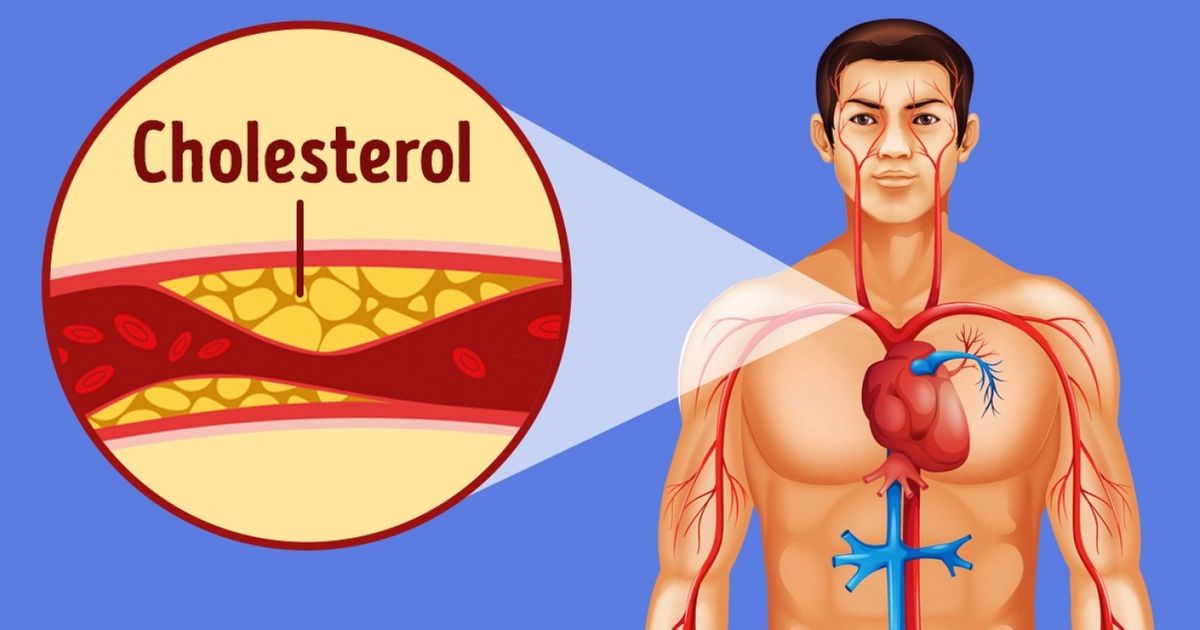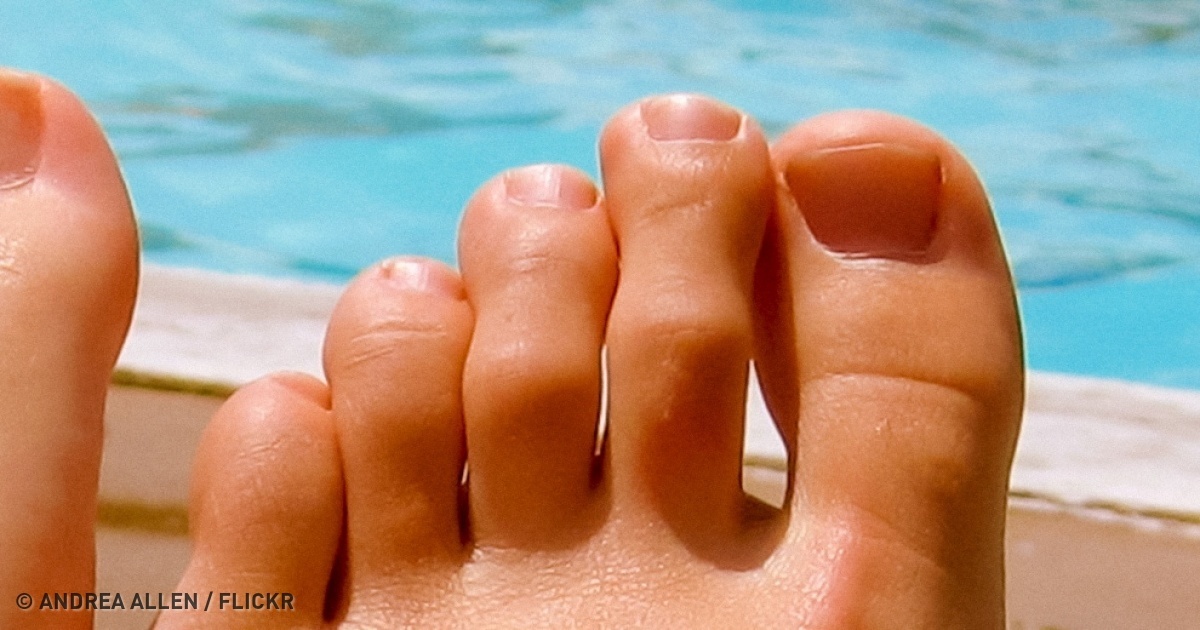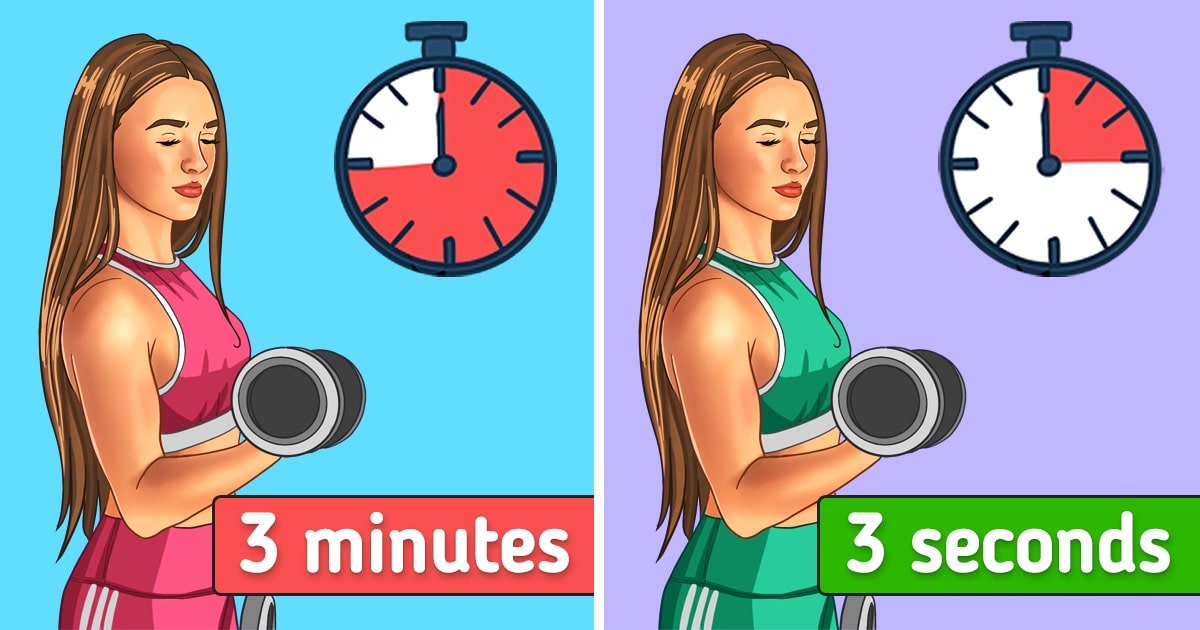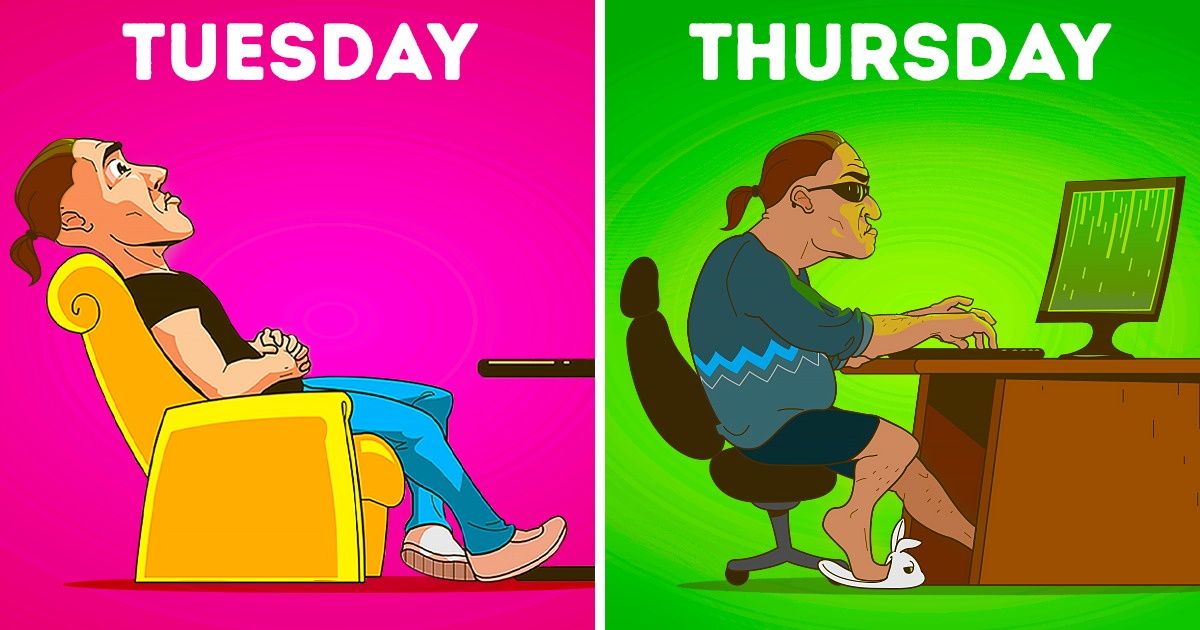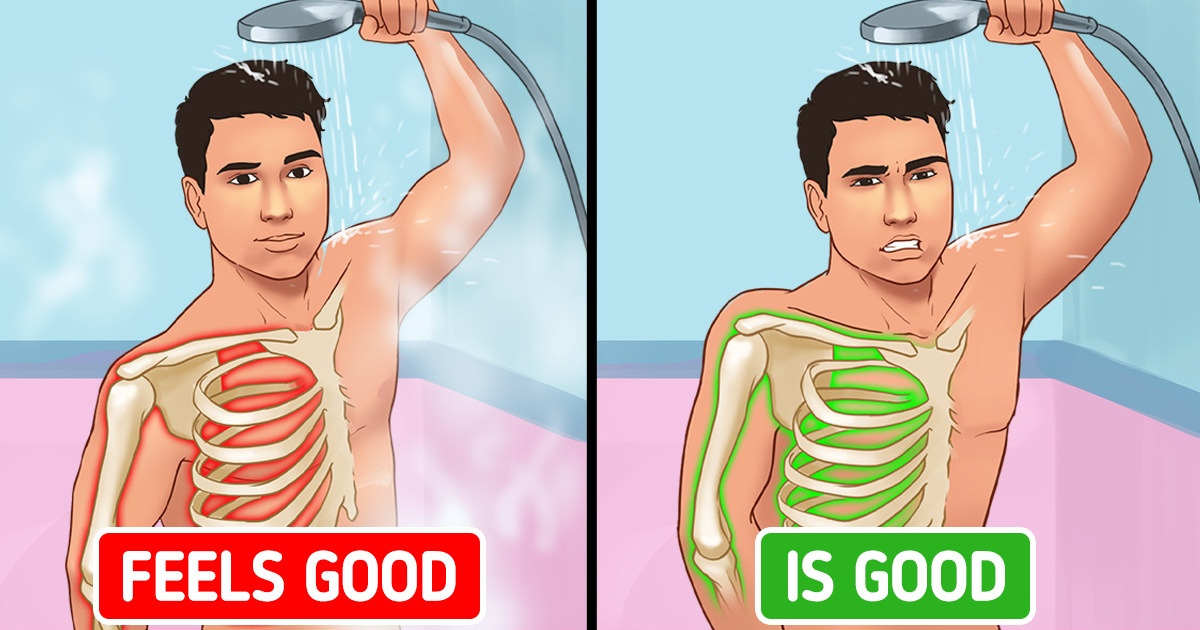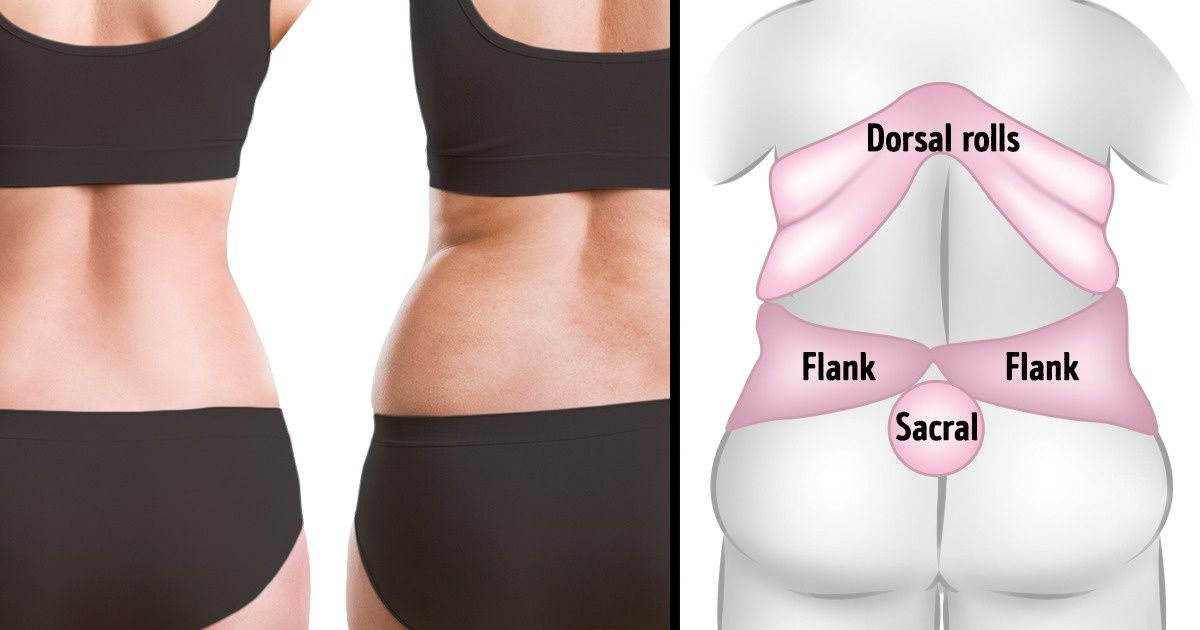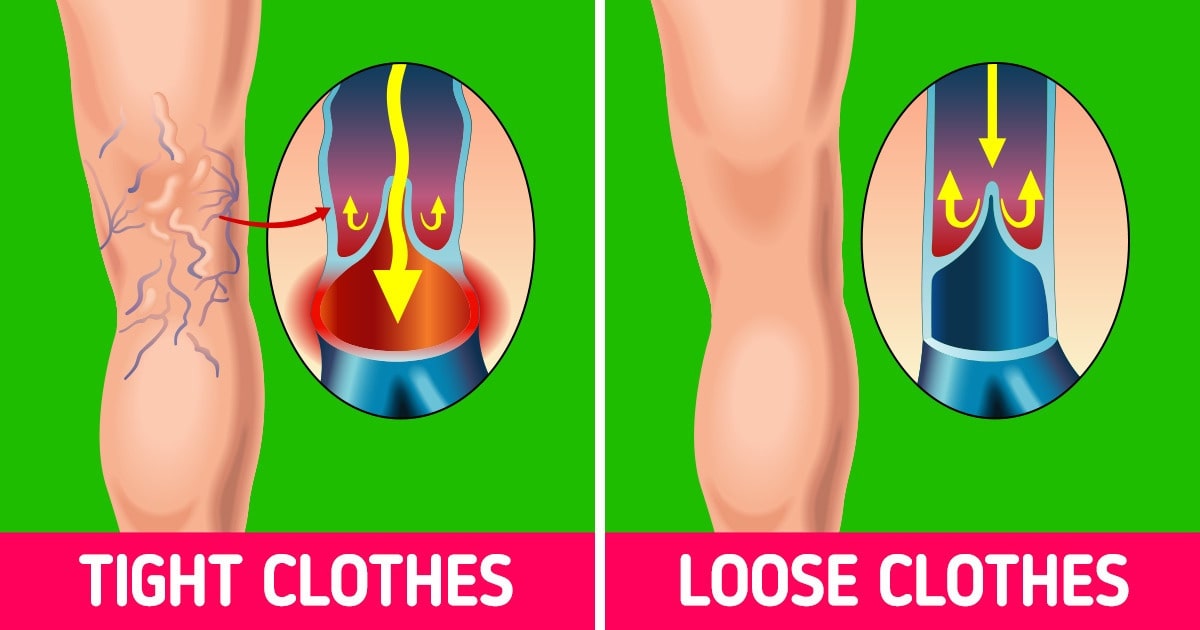The health and fitness industry is flooded with advice, but not all of it is rooted in science. Misinformation spreads quickly, leading to ineffective routines, wasted effort, and even harm. In this post, we’ll debunk seven persistent myths—backed by research—so you can focus on what truly works.
Fitness Myths
Myth 1: The Best Time For a Workout Is In the Morning
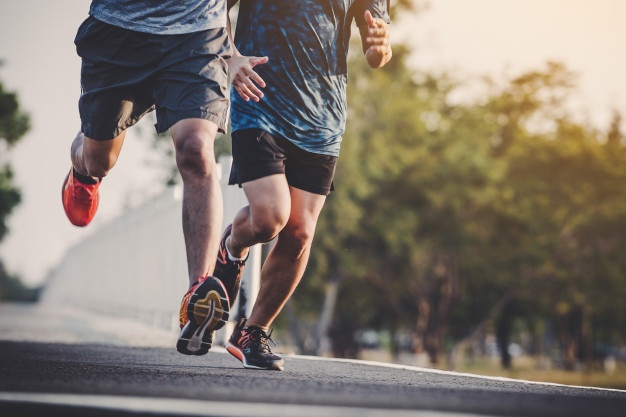
The Truth: While morning workouts can boost energy and consistency for some, there’s no universal “best time” to exercise. Your body’s circadian rhythm, schedule, and personal preferences matter most.
A 2019 study published in the Journal of Physiology found that afternoon workouts may yield better performance due to higher body temperature and muscle flexibility. Meanwhile, night owls often perform better in evening sessions.
Key Takeaway: Consistency trumps timing. Choose a time that fits your lifestyle, whether it’s a sunrise yoga flow or a post-dinner weightlifting session.
Myth 2: The Best Training Activities For Your Brain Are Puzzles, Games, and Crosswords
The Truth: While puzzles and crosswords do stimulate the brain, they’re not the only—or even the most effective—way to boost cognitive health. Physical exercise, like aerobic activity, has been proven to enhance memory, focus, and neuroplasticity.
According to Harvard Health, activities like swimming, dancing, or even brisk walking increase blood flow to the brain, promoting the growth of new neurons. Pair these with mindfulness practices like meditation for a well-rounded brain fitness regimen.
Key Takeaway: Move your body to sharpen your mind.
Myth 3: Either a Marathon or Nothing—Long-Distance Is the Only Way to Go
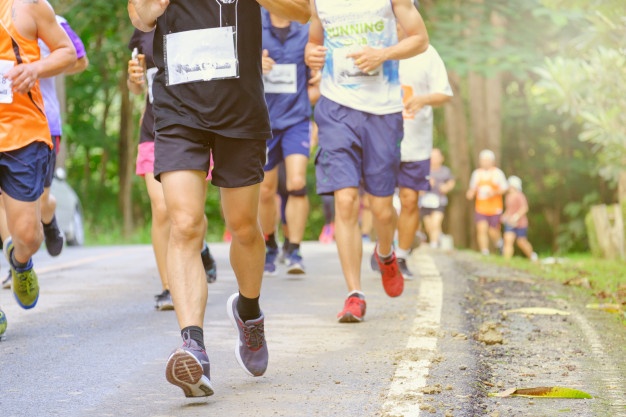
The Truth: The belief that endurance training is superior for fitness ignores the benefits of shorter, high-intensity workouts. HIIT (High-Intensity Interval Training) can improve cardiovascular health, burn fat, and build muscle in less time.
A 2018 study in the British Journal of Sports Medicine found that HIIT improves VO2 max (a key marker of fitness) as effectively as steady-state cardio. Plus, overtraining with long-distance runs can lead to injuries and burnout.
Key Takeaway: Mix up your routine with sprints, circuits, or stair climbing for balanced results.
Myth 4: A Treadmill Is Better Than a Park

The Truth: Treadmills offer convenience, but outdoor workouts provide unique advantages. Running or walking in a park exposes you to uneven terrain, fresh air, and sunlight (a natural source of vitamin D).
Research from the University of Exeter shows that outdoor exercise reduces stress and improves mood more effectively than indoor workouts. Plus, the changing scenery can make workouts feel less monotonous.
Key Takeaway: Take your workout outside whenever possible—your body and mind will thank you.
Myth 5: Demanding Workouts Make You Want To Eat

The Truth: While intense exercise can increase appetite for some people, it doesn’t universally lead to overeating. In fact, studies suggest that moderate exercise may help regulate hunger hormones like ghrelin.
A 2022 report in the International Journal of Obesity found that participants who engaged in regular moderate exercise experienced better appetite control compared to sedentary individuals. Stay hydrated and prioritize protein-rich post-workout meals to manage cravings.
Key Takeaway: Listen to your body’s hunger signals, and don’t fear exercise-induced eating.
Myth 6: Only Dairy Products Contain Calcium

The Truth: Dairy is a well-known calcium source, but it’s far from the only one. Leafy greens (kale, bok choy), fortified plant milks, almonds, and sardines are excellent alternatives.
The National Institutes of Health (NIH) highlights that one cup of cooked collard greens provides about 266 mg of calcium—nearly as much as a cup of milk. Vegans and lactose-intolerant individuals can easily meet their needs through diverse dietary choices.
Key Takeaway: Diversify your diet to include non-dairy calcium sources for bone health.
Myth 7: Yoga Will Get Rid Of a Backache
The Truth: While yoga can alleviate back pain for many, it’s not a one-size-fits-all solution. Certain poses may worsen conditions like herniated discs or spinal stenosis.
The American College of Physicians recommends yoga as a complementary therapy for chronic lower back pain, but advises consulting a physical therapist or doctor first. Strengthening core muscles and improving posture are often more effective long-term strategies.
Key Takeaway: Use yoga as part of a broader pain-management plan, not a standalone cure.
Conclusion: Embrace Science, Ditch the Myths
Fitness and wellness are deeply personal journeys, and falling for myths can derail progress. By prioritizing evidence-based practices—like adaptable workout schedules, varied brain training, and balanced nutrition—you’ll achieve sustainable results.
Ready to optimize your routine? Share this post to help others cut through the noise, and subscribe for more myth-busting insights!
